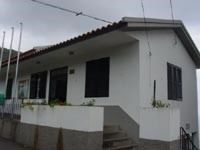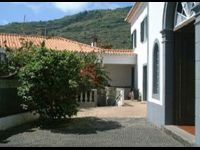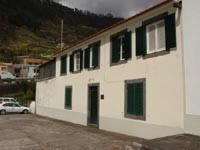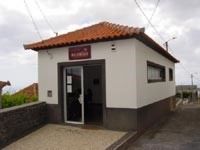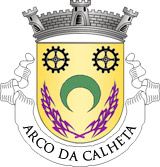
History
The name Arco da Calheta comes from two elements. Firstly, arco (meaning arch) is a description of the semi-circular shape the hills form; Secondly da Calheta refers to the close proximity to the neighbouring civil parish of Calheta. This parish was one of the very first to be settled and subsequently farmed and is one of the wealthiest in artistic and patrimonial treasures. It was here that João Fernandes Andrade, known as João Fernandes do Arco settled at the end of the 15th century. He owned vast lands of wheat, sugar mills and slaves, and set up a home with a private chapel and chaplain. Arco da Calheta is mainly irrigated by a branch of the important Levada do Rabaçal and another known as Madre Grande, which has its origins in Paul da Serra. This parish’s confining limits are the civil parishes of Madalena do Mar, Canhas and Calheta.
Built heritage
Parish Church of São Brás
18th century church, located at Sítio da Igreja. In 1472 the divided civil parish of Calheta became based at the chapel of São Brás and its first vicar was Father Pedro Delgado.
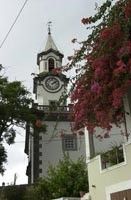
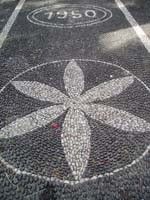
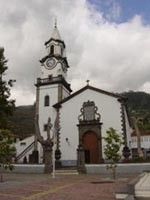
The parish church was rebuilt in 1744 by Cristóvão Gomes through public auction, for the amount of 9.350$00 réis, giving the Royal Treasury two bells, one of 20 and another of 6 arrobas (1 arroba is about 14,7kg), receiving in turn the old cracked bell to later be cast. It was consecrated on January 1, 1755.
Chapel of Nossa Senhora do Loreto:
16th century chapel located at Sítio da Lombada do Loreto. An old book belonging to the parish archives reads “This is a magnificent chapel due to its architecture and construction, it was built during the creation of this parish…”

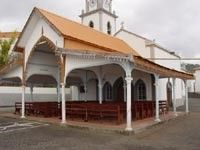
The Chapel of Nossa Senhora do Loreto (Our Lady of Loreto), one of the oldest in the civil parish, was founded by Joana de Eca, Lady to Dona Catarina wife of Dom João III. The chapel is influenced by the Manueline architecture of the period. The altar of the chapel of Nossa Senhora do Loreto was remodelled at the end of the 18th century and a canvas painting signed by Nicolau Ferreira dating back to 1791 still exists.


